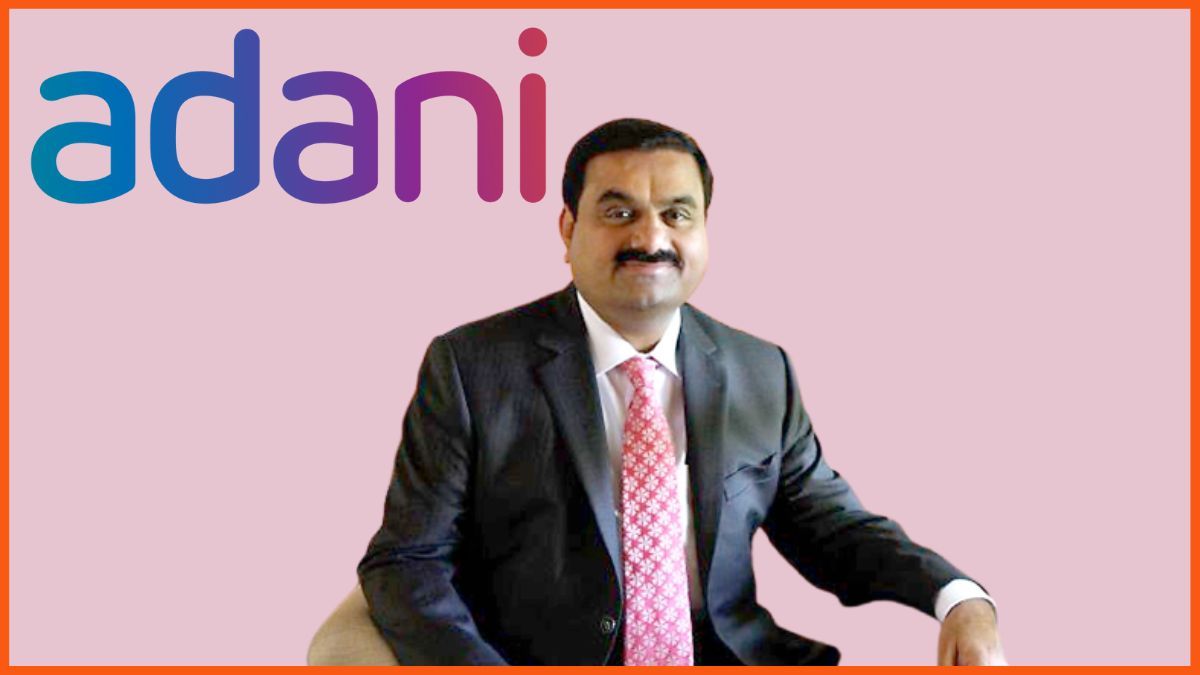Mutual funds have become increasingly popular as an investment option due to their professional management, diversification benefits, and flexibility to suit different financial goals. This article provides a detailed analysis of the top 10 equity mutual funds in India to invest in 2024, covering a range of categories to assist investors in making well-informed decisions.
HDFC Mid-Cap Opportunities Fund: Unveiling Growth Potential
Category: Mid-cap fund
AUM: ₹52,137.70 crore
Expense Ratio: 1.5%
Total Returns Since Inception: 1329.75%
Portfolio Turnover Ratio: 12.35%
One of the featured funds focuses on mid-cap equities and has delivered exceptional returns since its inception. It allows investors to gain insights into the growth potential of mid-sized companies in India. The fund aims to identify promising opportunities within the mid-cap sector, known for its adaptability and growth potential.
ICICI Prudential Bluechip Fund: Navigating Stability and Growth
Category: Large-cap fund
AUM: ₹44,425.37 crore
Expense Ratio: 1.56%
Total Returns Since Inception: 761.20%
Portfolio Turnover Ratio: 23.00%
Another fund invests in blue-chip companies, prioritising stability and making it an attractive option for investors seeking consistent returns with lower volatility. The fund selects established companies with consistent performance and solid underlying fundamentals, offering investors a balance of security and growth potential.
HDFC Flexi Cap Fund: Flexibility with Growth Opportunities
Category: Flexi cap Fund
AUM: ₹42,271 crore
Expense Ratio: 1.57%
Total Returns Since Inception: 14572.15%
Portfolio Turnover Ratio: 24.52%
This fund aims to take advantage of growth opportunities while maintaining a sensible risk tolerance by offering the option to invest in various market capitalisations. The fund can adjust its allocation to different market segments according to current conditions, allowing investors to benefit from numerous growth prospects.
Nippon India Small Cap Fund: Tapping into Small Cap Potential
Category: Small cap fund
AUM: ₹41,018.84 crore
Expense Ratio: 1.53%
Total Returns Since Inception: 1236.02%
Portfolio Turnover Ratio: 19.00%
The fund is designed to benefit from significant growth opportunities in the Indian market by investing in small-cap equities. Therefore, it is suitable for investors with a higher risk tolerance. The main goal is to identify small-cap companies that demonstrate strong growth potential and can become market leaders in the future. This provides investors with access to the ever-changing small-cap sector.
Nippon India Multicap Fund: Diversification with Multi-Cap Exposure
Category: Multi-cap fund
AUM: ₹22,695.37 crore
Expense Ratio: 1.67%
Total Returns Since Inception: 2125.12%
Portfolio Turnover Ratio: 30.00%
By diversifying their investments across multiple market segments, this fund enables investors to take advantage of a broad range of growth opportunities and skillfully navigate market volatility. By investing in large, mid-, and small-cap stocks, the fund provides investors with a comprehensive range of opportunities to profit from the equity market while minimising risk.
SBI Contra Fund: Contrarian Approach for Value Investing
Category: Value/Contra fund
AUM: ₹18,930.58 crore
Expense Ratio: 1.7%
Total Returns Since Inception: 1795.84%
Portfolio Turnover Ratio: 204.00%
This fund follows a unique investment approach that aims to acquire undervalued equities with long-term appreciation potential, catering to value-oriented investors. It identifies companies that may be unpopular but possess solid fundamentals and the capacity for a resurgence, capitalising on mispriced assets and providing investors with the chance to profit.
SBI Contra Fund: Contrarian Approach for Value Investing
Category: Value/Contra fund
AUM: ₹18,930.58 crore
Expense Ratio: 1.7%
Total Returns Since Inception: 1795.84%
Portfolio Turnover Ratio: 204.00%
The fund prioritises long-term wealth creation and tax efficiency, allowing investors to profit from potential capital appreciation while earning tax advantages under Section 80C of the Income Tax Act. With a diversified portfolio of equity instruments and a three-year lock-in period, it is suitable for investors looking to invest in the equity market while reducing their tax liability.
SBI Long-Term Equity Fund: Tax-saving with Long-term Growth
Category: ELSS (Equity Linked Savings Scheme)
AUM: ₹17,279.15 crore
Expense Ratio: 1.72%
Total Returns Since Inception: 3091.43%
Portfolio Turnover Ratio: 17.00%
Additionally, this fund mirrors the performance of the Nifty 50 index, providing investors with exposure to the top 50 companies in India at minimal monitoring error and expense ratio. It adheres to a passive investment approach, making it an excellent choice for investors seeking extensive market exposure at a low turnover rate and with minimal management expenses.
UTI Nifty 50 Index Fund Direct-Growth: Passive Investing with Market Index
Category: Fund/ETFs
AUM: ₹13,626.63 crore
Expense Ratio: 0.21%
Total Returns Since Inception: 287.42%
Portfolio Turnover Ratio: 4.00%
Investors looking for exposure to the top 50 companies in India can invest in a fund replicating the Nifty 50 index. This investment approach follows a passive strategy with low management fees and minimal tracking error, making it ideal for those seeking broad market exposure.
HDFC Large and Mid Cap Fund: Blend of Stability and Growth
Category: Large and mid-cap fund
AUM: ₹13,427.73 crore
Expense Ratio: 1.57%
Total Returns Since Inception: 14572.15%
Portfolio Turnover Ratio: 24.52%
Another fund invests in various market segments, including large and mid-cap equities, to capitalise on growth opportunities. This strategy provides investors with large-cap stock stability and mid-cap stock growth potential.
HDFC Focused 30 Fund: Focused Approach for Concentrated Growth
Category: Focused fund
AUM: ₹7,762.21 crore
Expense Ratio: 1.76%
Total Returns Since Inception: 1594.39%
Portfolio Turnover Ratio: 18.84%
There is a fund with a focused portfolio of 30 equities for investors pursuing higher returns via concentrated investments. It aims to capitalise on focused growth opportunities while effectively managing risk.
Conclusion
Before making investment decisions, it’s essential to consider investment options that suit your risk profiles and investment goals. The best ten equity mutual funds to invest in India for 2024 provide a comprehensive selection. Investors should conduct a thorough investigation and seek expertise from financial advisors before making investment decisions.
How do you select the top-performing mutual funds to invest in India?
Define Your Goals: Before choosing suitable funds, you must define your investment goals, time horizon, and risk tolerance. Select funds that align with your financial goals and personal risk profile.
Assess Performance: It is crucial to assess a fund’s performance. Review historical returns, consistency, and volatility to evaluate the fund’s performance. Compare the fund against relevant benchmarks and peer funds to gain a better perspective.
Consider Fund Manager: The fund manager’s experience, track record, and investment approach are essential factors to consider. Ensure that the fund manager’s goals align with those of the fund and that their investment approach suits your preferences.
Review Expenses: Review the expenses associated with the fund, including the expense ratio and any other fees. To maximise returns, it is recommended to choose funds with competitive costs.
Check Fund Size and Liquidity: When choosing a fund, consider its size and liquidity. These can affect its stability and ease of transactions.
What are Mutual Funds?
Pooling of Funds: Investors pool their money and invest in portfolios managed by professional fund managers.
Professional Management: The fund managers make investment decisions based on the fund’s goals and strategy.
Diversification: Investing in a diversified portfolio exposes various asset classes, sectors, and regions, which helps manage risks.
Liquidity: Investors can buy or sell fund units at Net Asset Value (NAV) on any business day.
Regulation and Oversight: The Securities and Exchange Board of India (SEBI) regulates mutual funds to ensure transparency and investor protection.
How Does It Work?
Investment Process: Investors purchase units of a fund, and then fund managers invest in a range of securities. The income generated from these investments is either distributed to investors or reinvested.
Portfolio Management: Fund managers use research and analysis to construct and manage portfolios.
Income Distribution: The income generated from dividends, interest, or capital gains is distributed to investors.
NAV Calculation: The Net Asset Value (NAV) is calculated daily based on the market value of assets minus liabilities.
Performance Monitoring: Investors keep track of fund performance through regular updates of the NAV and performance reports.
How is tax applied to the best mutual funds in India?
Equity Funds: Long-term capital gains (LTCG) are taxed at 10% without indexation if gains exceed ₹1 lakh. Short-term capital gains (STCG) are taxed at 15%.
Debt Funds: LTCG are taxed at 20% with indexation or 10% without indexation. STCG is added to income and taxed according to the applicable tax slab.
ELSS (Equity Linked Savings Scheme): Investments made in ELSS qualify for tax deduction under Section 80C. LTCG is taxed at 10% without indexation if gains exceed ₹1 lakh.
Tax-saving Funds: These funds offer tax benefits under Section 80C while providing exposure to equities.
Index Funds and ETFs: The taxation rules for these funds are the same as equity funds, with implications for LTCG and STCG.
Different Types of Mutual Funds to Invest
Equity Funds: Equity Funds invest mainly in stocks, providing the potential for higher returns and volatility. They are suitable for long-term investors seeking capital appreciation.
Debt Funds: Debt Funds invest in fixed-income securities such as government, corporate, and money market instruments. They offer lower risk than equity funds and provide regular income through interest payments.
Hybrid Funds: Hybrid Funds, also known as balanced funds, invest in equities and debt instruments. They offer diversification and stability while balancing risk and return.
Index Funds track a specific market index, such as the Nifty 50 or Sensex, aiming to replicate its performance. They have lower expenses and passive management, making them suitable for cost-conscious investors.
Sector Funds: Sector Funds concentrate investments in the technology, healthcare, and banking sectors. Due to their sector concentration, they offer the potential for higher returns and risk.
FAQs
What criteria should I consider when selecting mutual funds to invest?
Several factors must be considered when considering mutual fund investments, such as your investment goals, risk tolerance, fund performance, fund manager expertise, expenses, and liquidity.
How are taxes applied to mutual fund investments in India?
It’s also important to note that taxes vary depending on the type of mutual fund and holding period. Different rates apply to equity, debt, ELSS, and index funds.
What are the benefits of investing in mutual funds?
Investing in mutual funds has benefits, including professional management, diversification, liquidity, and tax efficiency. That’s why mutual funds can suit investors with varying financial goals and risk profiles.




